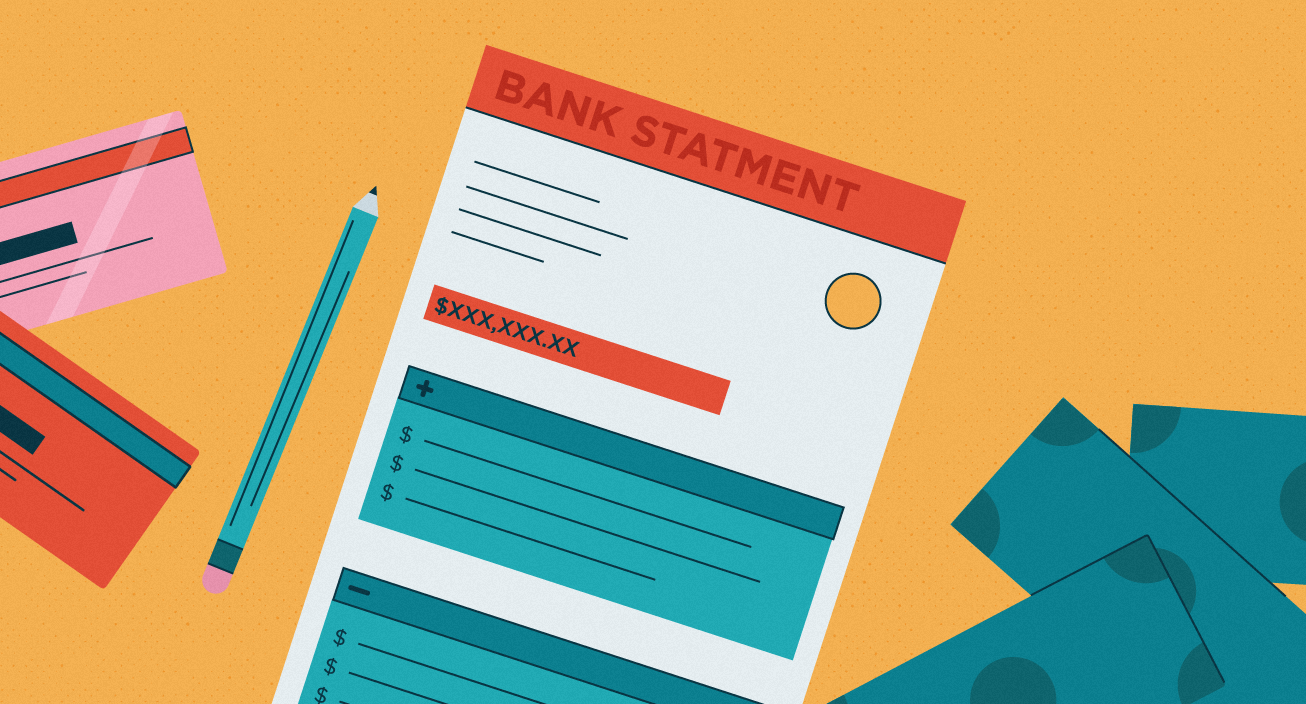A bank statement may appear as a document –whether printed or electronic –that shows the details of the financial transactions you performed over a specific period of time. Bank statements are issued by banks and depending on your bank, your bank statement may contain lots of essential transactional details including your withdrawals and deposits for a particular month.
Bank statements are useful for various purposes which include being part of the credentials to be submitted to obtain a loan or mortgage. Meanwhile, the basic reasons for obtaining a bank statement are to monitor suspicious transactions, track expenditure and look for erroneous transactions.
If you’re always keeping an eye on your bank statements, you’re likely to be fully aware of your financial life, prevent certain financial hazards and exercise perfect control over your finances.
⇒Join us on Telegram for more Sure and Accurate football-winning tips every day...click here
In this post, you’ll find out essential information including the different ways of obtaining a bank statement, the things contained in a bank statement and how to access your bank statement online.
How to Obtain Your Bank Statement
There are various ways you can obtain your bank statement. If you aren’t satisfied with the traditional method of visiting your bank branch and requesting a bank statement, you may consider the other methods such as viewing it through your bank’s mobile app, receiving it via e-mail or accessing it via your bank’s official website. While bank statements are provided on a monthly or quarterly basis, you should note that the statement period might not run from the start of the month. The period might indicate something like April 4 to May 5.
Contents of a Bank Statement
The contents of bank statements may differ from one bank to another but here are items usually contained in a bank statement:
- Your bank’s customer service number
- Your account number
- Details of earned dividends or interests
- Details of withdrawals (such as ATM withdrawals, bank charges, purchases, payments and electronic transfers)
- Details of deposits (such as direct deposits, reimbursements/credits, electronic transfers, checks and cancelled payments/checks)
- Opening balance for the specified time of the statement
- Closing balance for the specified time of the statement
- Bank statement period
- How you can file a report over illegal bank activity
Steps Required for Viewing Your Bank Statement Online
Although the procedure for viewing your bank statement online may vary depending on your bank, here are essential steps for accessing your bank statement online:
- Sign into your bank account using your bank’s mobile app or its official website (you must have signed up online before you’re able to do this)
- Browse through your bank’s website for the section comprising electronic statements (you can check sections such as “e-statements” or “services”)
- You may have to choose the period whose bank statement you need –the period could be quarterly or monthly in nature
- Now, you can view your bank statement and for record purpose, you may download the bank statement or save it on your mobile device
Conclusion
We hope this post has provided you adequate information about what a bank statement is and why you need it. If you notice irregularities in your bank statement, we strongly recommend that you quickly inform your bank. Mistakes or errors in financial statements can be rectified by your bank but if you want this to really happen, make sure you dispute the irregularities within 2 months (a 60-day period) from the statement date.



